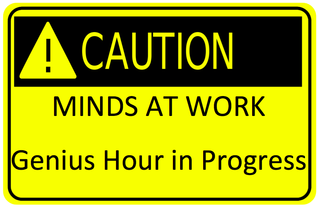
One of the best sessions was about implementing Genius Hour. This is something that I hope to implement myself. I’m a very cautious teacher and it’s difficult for me to just dive into something new. This semester with my fully implemented flipped mastery classroom, I am dipping my toe into my very own version of a 20% Project. The plan is to go all out in the fall or even next spring. I want to do it right.
I love the idea of students getting to pursue their passions. But, the idea of no parameters is too much for me. Is that wrong? Maybe, but I am who I am. That is why I loved the ideas that were presented by three teachers from Arlington Central School District (Kathy Bellino- @kgbellino, Julie Jee- @mrsjjee, Katie Nixon- @smilingIrish215).
English teachers Julie Jee and Katie Nixon have based their projects (Project Inspiration and The Passion Project respectively) on literature and informative texts. The students are connecting the curriculum to their passions and vice versa. It’s truly genius.
Kathy Bellino is a social studies teacher who uses 20% time in her Civic Action and Leadership course. This course is an alternate for the NYS required Participation in Government graduation requirement. The theme of her Project Action is for students to answer the essential question of: "How can the average citizen bring about positive change in their community?" This warms my social studies heart!
What I love about all three of these teachers’ projects is that they have created a loose structure for their students so that they can be successful but still be very free to follow where their passions lead them. I love that they have worked to get students who say that they do not have a passion to discover that they really do after all. I especially loved that they brought two former students with them to the presentation to give the all-important student perspective of what it was like for them to learn that they are capable of more than they thought that they were.
All three teachers said that success was due in large part to meeting with students individually to discuss their ideas rather than just having them fill out a form stating what their intended project would be. They also talked about how student buy in was important to making the project an overall success.
Julie Jee has graciously agreed to allow me to share the link to the Livebinder resources used in the presentation. Be sure to check it out and be inspired to reach towards genius status!

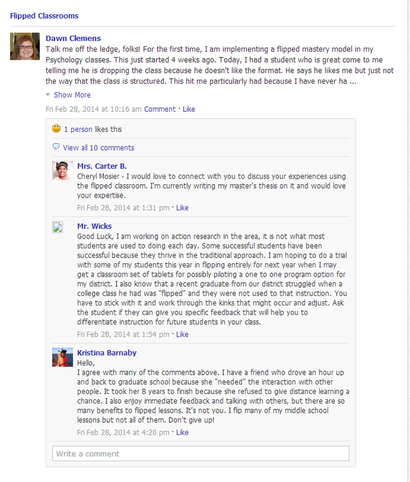


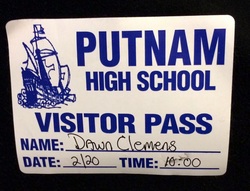
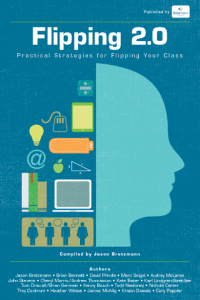
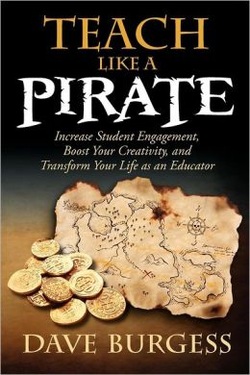
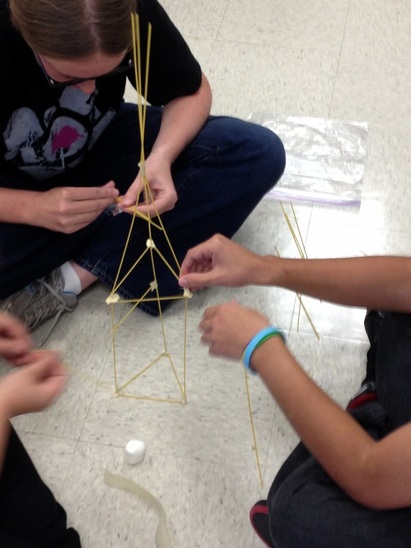
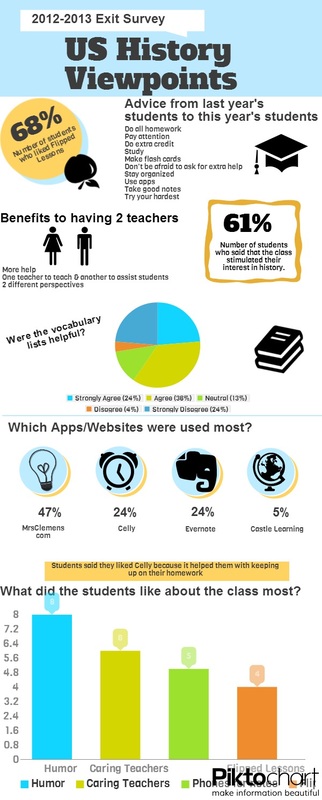

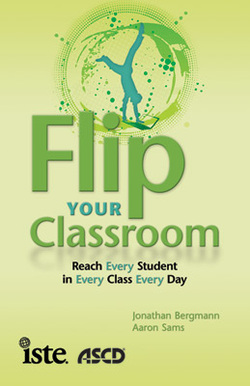

 RSS Feed
RSS Feed


